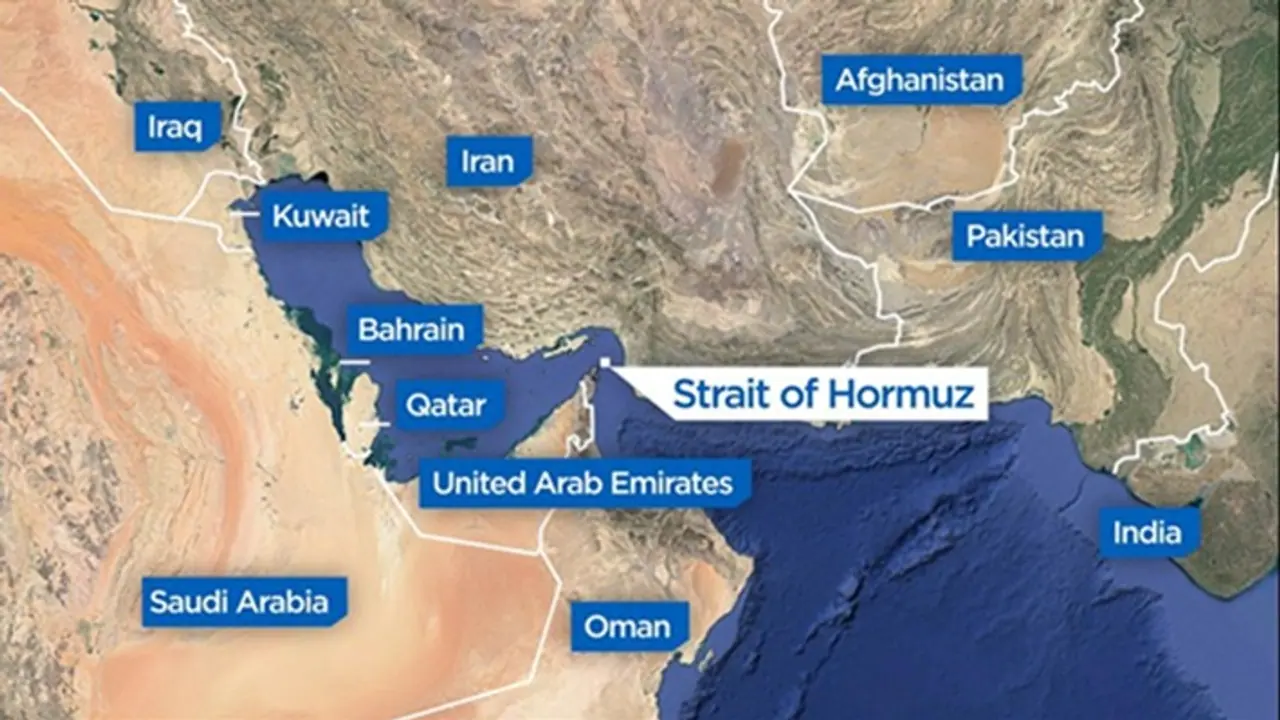Following America targeting three nuclear centres of Iran, including the one at Fordow, Iran has threatened to close Strait of Hormuz, a critical zone for global energy trade. Here's why Strait of Hormuz is important for the world
America attacked three Iranian nuclear facilities at Natanz, Isfahan and Fordow. The American President Donald Trump threatened the Iranian establishment to settle for peace saying...'Remember, there are many target's left'.

Reacting to American aggression, Iranian Supreme leader Ayatollah Ali Khamenei has issued stern warning stating that 'It is now our turn to act without delay...'. It vowed to attack US naval fleet and has threatened to close the crucial strait of Hormuz in the middle-east.
Why Strait of Hormuz is crucial?
The Strait of Hormuz is a narrow maritime passage, that links the Persian Gulf with the Gulf of Oman and the Arabian sea. It holds immense strategic significance for world energy trade. At it's tightest span, it measures roughly around 21 miles across and accommodates two 2-mile-wide shipping lanes in each direction.
This strait is responsible for the transit of approximately 26 percent of the world’s oil trade, making it one of the most vital energy chokepoints globally. According to the International Energy Agency, any disruption in the flow of oil through this narrow corridor would have profound repercussions for international oil markets.
Iran’s Capacity to Disrupt the Strait
Iran has repeatedly claimed that it has the capability to obstruct the Strait of Hormuz. Though physically closing it, like blocking a land route, is not feasible, Iran could attempt to render it unsafe for commercial navigation, thereby effectively disrupting global trade.
Historical precedent shows that Iran has used such tactics before. During the Iran-Iraq War in the 1980s, it targeted oil tankers and loading facilities using mines and missiles, including Chinese-made Silkworm cruise missiles. It also deployed fast boats to harass vessels. While these actions did not completely block the strait, they did lead to significant delays, increased shipping insurance costs, and reduced the overall sense of maritime security.
A 2012 report from the U.S. Congressional Research Service outlined that Iran could potentially obstruct the Strait in a phased approach. The report suggested Iran might begin with less aggressive methods and escalate if needed, or alternatively, initiate hostilities with a mix of highly aggressive tactics from the beginning.
Some of the measures highlighted included:
- Announcing the closure of the strait without specifying consequences for ships attempting to cross.
- Explicitly warning that vessels navigating the strait or parts of the Persian Gulf could be intercepted, detained, or attacked.
- Firing warning shots at commercial ships.
- Laying sea mines in the strait and adjacent waters.
- Launching attacks using submarines, surface ships, aircraft, or land-based cruise missiles against foreign naval forces operating in nearby waters.
- Possible Consequences of Closure
Analysts believe that any attempt by Iran to shut the Strait of Hormuz would likely prompt a robust international military response. Although a full-scale closure of the strait is considered improbable under current conditions, experts agree that if it did happen, the disruption would probably not last long.
The Strait Amid the Iran-Israel Conflict
Given the Strait’s proximity to Iran and its role in facilitating the oil exports of regional powers like Saudi Arabia, Iraq, Kuwait, the UAE, Qatar, and Iran itself, its vulnerability in times of geopolitical conflict is significant. In 2024, around 20 million barrels of oil per day passed through the strait, accounting for about one-quarter of global oil shipments.


